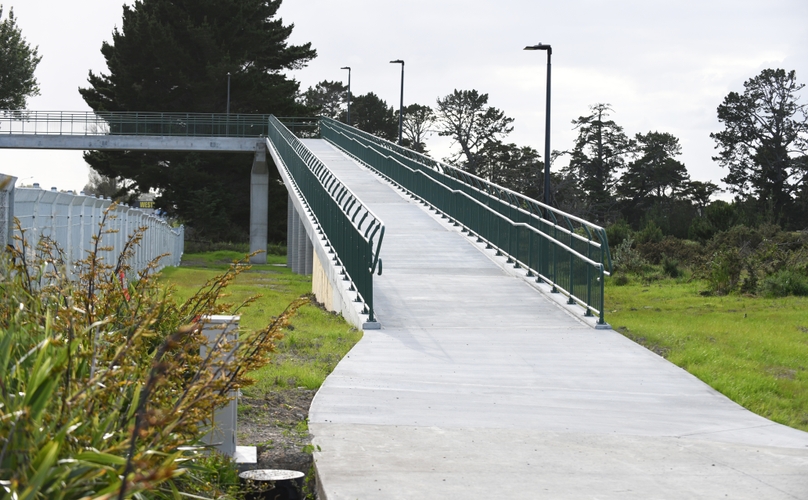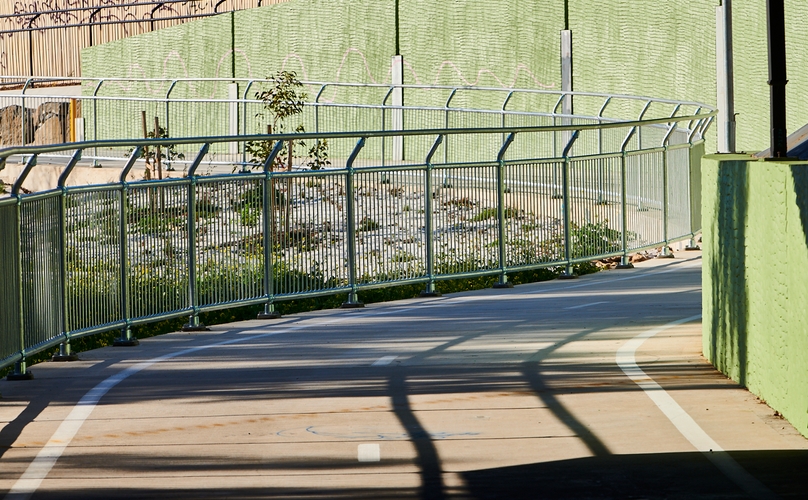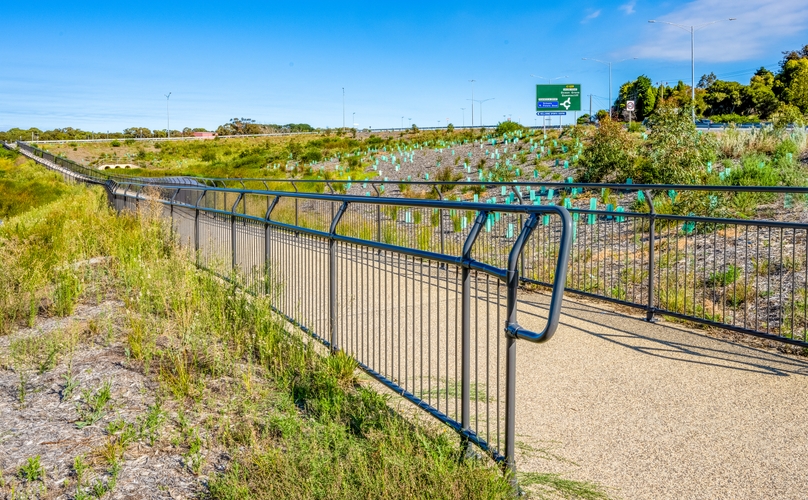Moving people and goods smoothly is key to a city’s success. To keep up with growing economies and more people living in cities, it’s important to have a good, lasting transport system.
Biking is the best way to travel because it’s affordable, doesn’t harm the environment, and works for both short and long trips. This is why local governments, city planners, and everyday riders agree that biking is a vital way to get around that should be supported both now and in the future. As a result, bike lanes are often included in new road and infrastructure plans.

The way bike lanes are designed is always getting better to handle more bike riders and make riding safer. Bike barriers are crucial for keeping cyclists safe, especially those that are travelling at speed, and they help reduce injuries from falls.
Types of Paths
The Austroads Guide to Road Design (AGRD) describes the types of paths on which bikes and pedestrians may travel. The types of paths are as follows:
- Pedestrian path: Accessible to pedestrians only, pedestrian paths are also designated for users of wheelchairs, mobility scooters, and personal mobility aids like walking frames.
- Bicycle path: Whether it is a one-way or two-way path, the defining characteristic of a bicycle path is that it is for the use of cyclists only.
- Shared path: A path where pedestrians and cyclists share the same path space. A shared path might be appropriate in areas where there is a need for both bike and pedestrian paths but not a lot of cyclists or pedestrians.
- Separated path: A separated path is a path that has been split into two sections, one for the use of cyclists and the other for pedestrians.
When is a barrier required?
The primary guidance for bike barriers is the AGRD, Part 6A. ccording to Clause 5.5.3, the installation of a fence at the side of a path used by cyclists is desirable where:
- there is a steep batter or large vertical drop located in close proximity to the path;
- the path is adjacent to an arterial road and it is necessary to restrict cyclist access to the road;
- a bridge or culvert exists on a path;
- a hazard exists adjacent to a particular bicycle facility;
- cyclists are likely to be ‘blazing a separate trail’ at an intersection between paths or around a path terminal; and/or
- the path geometry is such that cyclists may misjudge the speed the curve can accommodate and run off the path (e.g. a downhill grade followed by a sharp curve).
Safety and Accessibility
The design of any barrier structure should be tailored to meet the needs of all path users, depending on the area, such as pedestrians, cyclists, children and the elderly. Barrier design should comply with the Disability Discrimination Act (DDA) and AS 1428 “Design for access and mobility”, as well as any local government rules and guidelines aimed at ensuring pathways are safe and accessible to all users. The dimensions of the barrier and details such as handrails can all impact accessibility for the mobility impaired.

Cyclist safety is another overriding concern. Adequate clearances should be provided between the path and barrier to ensure that cyclists do not catch any part of their bicycle with fence components. Smooth contact faces are specified in the design guidance to reduce the risk of handlebars and pedals becoming snagged. Sharp edges and other protruding components should also be removed. Other points to consider:
- Steep slopes and uneven surfaces
- The height of the barrier should be consistent with respect to changes in terrain.
- Deflection rails should also curve to flow with bike paths.
Moddex Bikesafe Barriers
Moddex Bikesafe Barriers ensure you protect cyclists, especially those travelling at speed, and eliminate or mitigate injury from falls. Bikesafe systems are quick and easy to install, with curved sections to flow with cycleways.

Constructed from hot dip galvanised steel, the unique modular design of Bikesafe bike path guard rails provides maximum strength, cost efficiency and longevity. The smooth, continuous top rails help prevent or mitigate injuries for both pedestrians and cyclists.
Moddex Bikeway Barriers are designed to comply with AGRD, Parts 6A and 6B, and the NZTA Bridge Manual, providing the ultimate protection for cyclists travelling at speed.
To find out more about our Bikesafe Barriers, explore the product page here.
A Specifiers Guide: Learn More about Design Requirements
Moddex has comprised a specifiers guide that walks through design requirements and compliance when working with Bike Barriers. Click the button below and get your free copy now!
